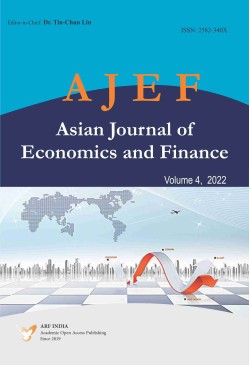This study assesses household energy deprivation in urban and rural areas of Benin using the data of Demographic and Health Surveys (DHS) program for Benin in its latest version of 2018. As a methodology, the paper estimates the multidimensional Energy Poverty Index (IPEM) for rural and urban areas based on Alkire & Foster (2011). Findings from the paper reveal that 9.2 percent of households are energy poor while 69.6 percent are multidimensionally energy poor. While the estimated value of the IPEM is 0.064 at the national level, its value revolves around 0.586 and 0.414 at the urban and rural levels respectively. Poor energy access for rural populations can lead in the long term to excessive degradation of forest ecosystems and loss of environmentally friendly habitats, compounding the problem of climate change. The study reveals that consuming households are increasingly becoming energy producers. To mitigate these negative external effects for the environment, there is an urgent need to improve access to modern energy resources in rural areas. It urgent to strength the policy of introducing renewable energies, such as solar, wind and hydraulic energy, as well as promoting energyefficient techniques and energy efficiency solutions adapted to the needs of rural populations.
Keywords: Energy poverty, household, composite index, energy deprivation, principal component analysis.
JEL Classification: C21, I32, Q49, C38
Serge V. F. DEDJINOU (2023). An Empirical Analysis of the Household Energy Situation in Benin. Asian Journal of Economics and Finance. 5(3), 305-317. https://DOI:
10.47509/AJEF.2023.v05i03.03
